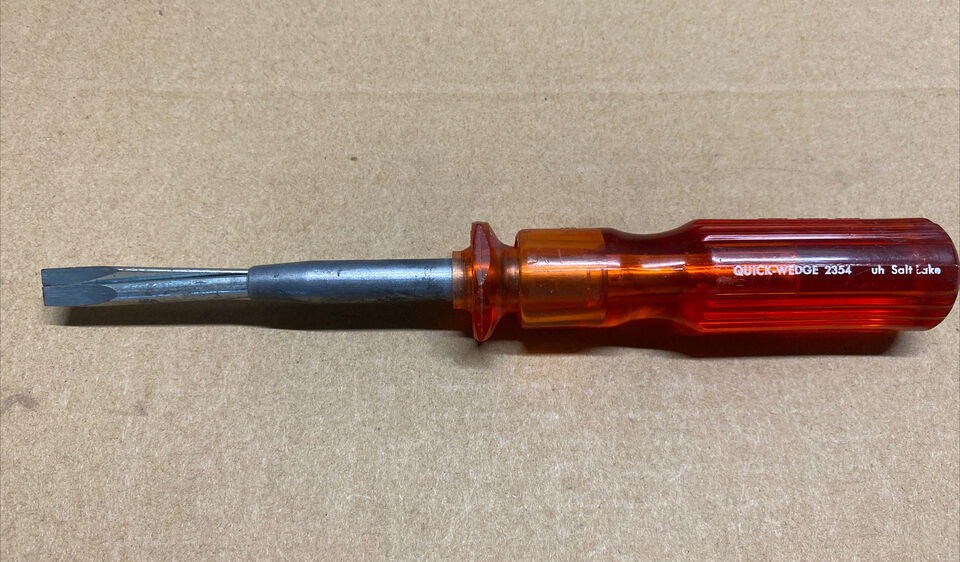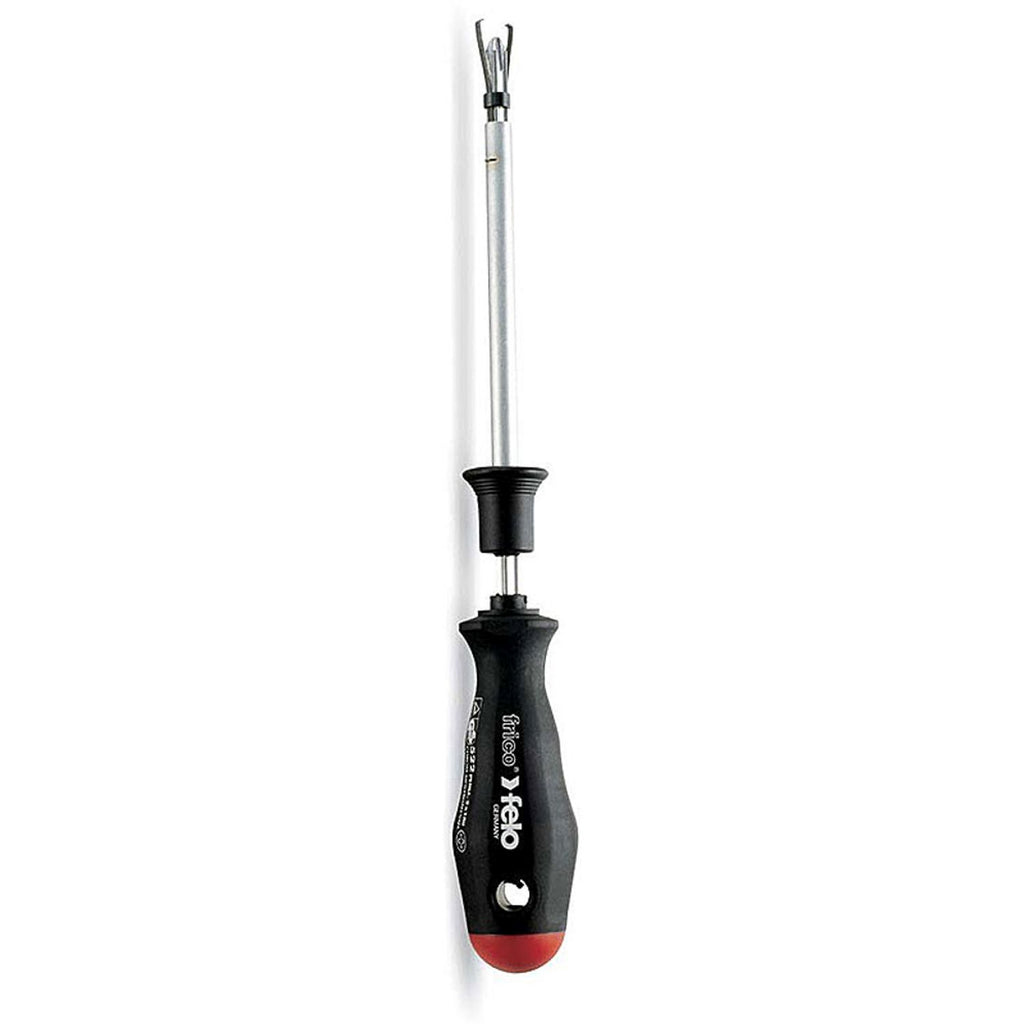One point that you need to consider is that any neutral will have to service all 120v loads, regardless of which hot leg they're on, A or B.
I'm assuming the tank heater is 120v? Could try moving the breaker for it to an opposing leg and see what happens. Same with the solenoid (again, assuming that it is a 120v coil). Most panels will alternate the hot legs horizontally and vertically, so you can usually just move a breaker up or down 1 space, or left to right 1 space. (assuming you have more than 2 spaces)
If one hot legs works 100% and the other leg keeps giving you the issue, then it may be an issue with a hot leg, not the neutral.
Also, do you have any 240v loads in service? This can really complicate things, depending on specifics. Doesn't sound like you have one though. But if you had a pure 240v heater load, so no 120v load at all, you could try running that there and see if that causes a similar voltage drop.
The voltage drop is odd but it seems like you only see it when there's load current present. Sometimes you'll see this when there's bad connections or breaks - at minimal current draw (especially with high impedance meters; most modern meters are up around a Megohm so very little current) you can still sometimes 'see' the full potential voltage, but when you load it down, the 'bad' path becomes obvious because it's not a really good current path, when a load is turned on. If you consider a bad connection (or a break in a cable) as a high-impedance 'section' (especially if it's packed full of water/wet mud inside of a conduit) that can present as a high enough resistance that it creates a voltage drop under load.
There's other ways to create voltage divider faults like that, but not sure you would be likely to see those in your application. But it's always a good idea to check all of your connections in that panel.
The issue with no ground is that you have no 'good' path for fault current (no low-impedance path) to flow back to the source. Meaning that fault current may never 'spike' high enough to trip a breaker of blow a fuse. And any ground fault would then have to trickle it's way back to the source via whatever inadequate source it can find (wet dirt, metal fencing, water pipe, etc) and it leaves possibility of anything metal being able to be energized with no resolution. Cattle being shocked could be a symptom of this.
The problem is the ends are 800 feet apart. I guess you could disconnect it from the power and tie the neutral to one of the hot wires at the service and then check the whole loop for continuity from the far end.
EDIT: Oh I see that's kind of what the video was saying to do hehe. Should have watched it before replying.
Just make sure to kill the circuit. You also may need to isolate your circuit (pull breakers) otherwise you could read continuity through a circuit in a panel.
So let's say that your B leg is broken and the Neutral is good. You try to do this with a meter, and theoretically you should get no continuity from B to Neutral (edit: assuming there's a break somewhere, to be clear, and you tried tying the far ends together for the purpose of testing). But you can get continuity from the B busbar, through a closed breaker, through that circuit (solenoid, heater element) back to the Neutral, and think there's continuity because you're reading the circuit parallel to the supply cables/feeders. The other option is to completely unland your cables at teh lugs so they're isolated, but it's up to you which would be easier.
This is assuming you're just trying to use a standard meter with a continuity/ohms setting. If you actually buy a tester like in the video, it probably won't matter. I imagine it's just a signal generator & receiver, so to speak, so it is looking for continuity TO the receiver on the far end and likely ignores simple parallel continuity (so still need to kill power but you don't need to isolate what you're testing)
Also, WORDS WORDS WORDS WORDS















